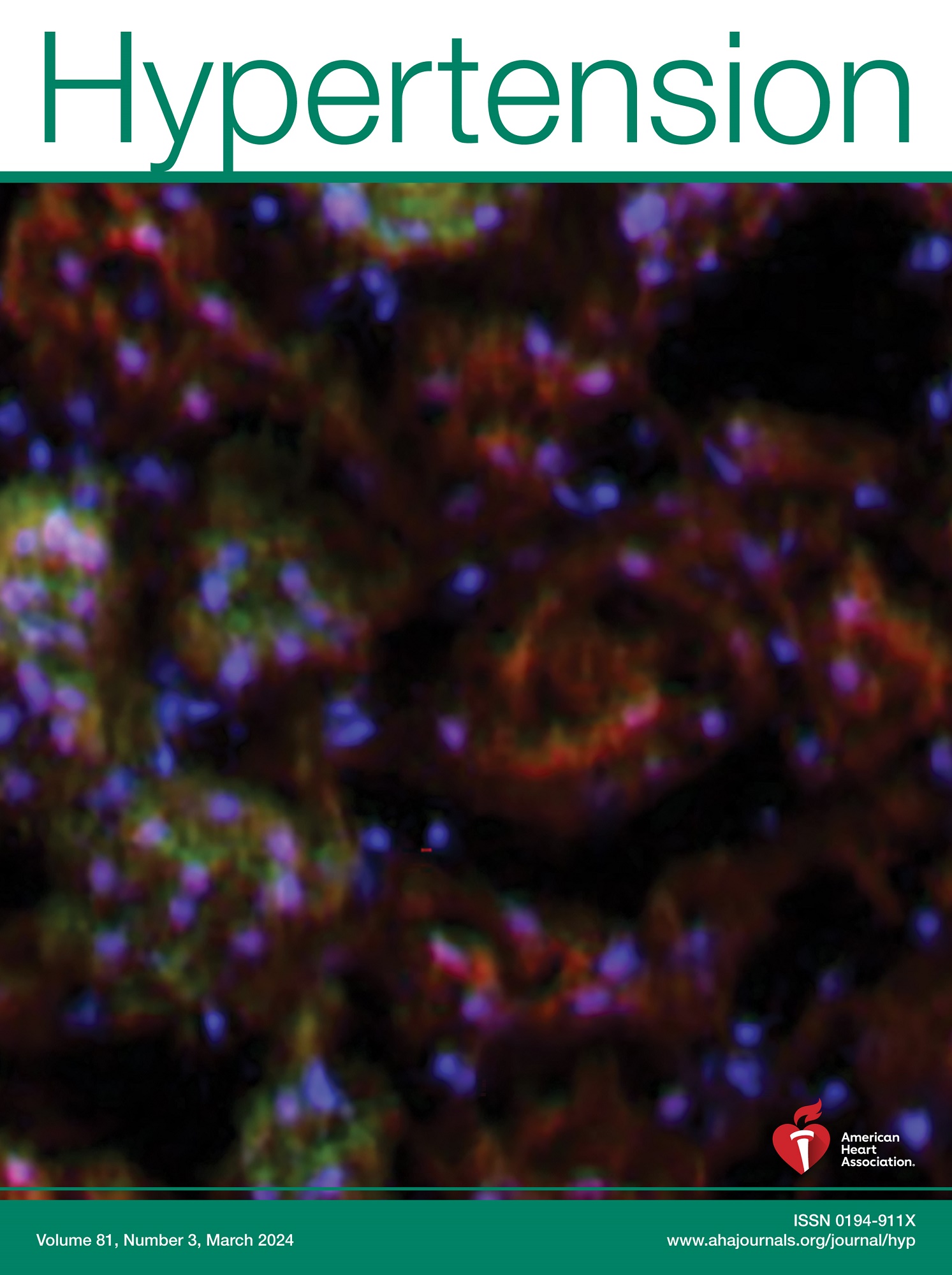在线血压测量图像准确性差:对公共健康教育的影响。
IF 8.2
1区 医学
Q1 PERIPHERAL VASCULAR DISEASE
引用次数: 0
摘要
背景:血压(BP)是一种常见的临床测量方法,现在越来越多地在家中测量。媒体网站经常显示血压测量的图像来代表临床医学,但许多图像偏离了指南,潜在地造成了对应该如何进行测量的误解。我们根据2023年国际标准化临床血压测量共识在线评估血压测量图像的准确性。方法对11个主要图库网站的前100幅图片进行评价。两名独立评审员对每张图片进行评估,通过讨论解决分歧。只对可见的准确性方面进行评分。结果只有14%的图片(N=1106)在所有标准上都是准确的,从Flickr和Freepik的7%到iStock的28%。照片设置包括63%临床设置和37%家庭设置;73%是医疗保健提供者,24%是患者,3%是其他环境。以下指导偏差的图像被扣分:背部无支撑(73%),前臂未放在表面上(55%),手动而非电子设备(52%),脚未平放在地板上(36%),医生或观察者说话/笑(23%),手臂中部不在心脏水平(19%),患者说话/笑(18%),双腿交叉(13%),衣服袖口(12%)和患者未坐(5%)。准确性水平因环境(临床8%,家庭25%,P<0.001)和评估者(自我35%,医疗保健提供者7%,其他人13%,P<0.001)而异。结论只有1 / 7的在线库存照片与临床指南一致。媒体机构、网站开发者和公众应该接受适当的测量技术教育,以确保在诊所和家中准确测量血压。本文章由计算机程序翻译,如有差异,请以英文原文为准。
Poor Accuracy of Blood Pressure Measurement Images Online: Implications for Public Health Education.
BACKGROUND
Blood pressure (BP) is a common clinical measurement, now increasingly done at home. Media websites often display images of BP measurement to represent clinical medicine, but many images deviate from guidelines, potentially creating misperceptions on how measurement should be performed. We evaluated the accuracy of BP measurement images online according to the 2023 International Consensus on Standardized Clinic BP Measurement.
METHODS
We evaluated the first ≈100 images from each of 11 major stock photo websites. Two independent reviewers assessed each image, resolving disagreements through discussion. Only visible accuracy aspects were scored.
RESULTS
Only 14% of images (N=1106) were accurate on all criteria, ranging from 7% at Flickr and Freepik to 28% at iStock. Photo settings included 63% clinical and 37% home-based; 73% by healthcare providers, 24% by patients, and 3% other settings. Images were penalized for the following guideline deviations: back unsupported (73%), forearm not resting on a surface (55%), manual and not electronic device (52%), feet not flat on the floor (36%), doctor or observer talking/laughing (23%), mid-arm not at heart level (19%), patient talking/laughing (18%), legs crossed (13%), cuff on clothing (12%), and patient not sitting (5%). Accuracy levels differed by setting (clinical 8% versus home 25%, P<0.001) and assessors (self 35%, healthcare provider 7%, and other people 13%; P<0.001).
CONCLUSIONS
Only 1 in 7 online stock photo images of BP measurement align with clinical guidelines. Media houses, website developers, and the public should be educated on appropriate measurement techniques to ensure accurate BP measurement in the clinic and at home.
求助全文
通过发布文献求助,成功后即可免费获取论文全文。
去求助
来源期刊

Hypertension
医学-外周血管病
CiteScore
15.90
自引率
4.80%
发文量
1006
审稿时长
1 months
期刊介绍:
Hypertension presents top-tier articles on high blood pressure in each monthly release. These articles delve into basic science, clinical treatment, and prevention of hypertension and associated cardiovascular, metabolic, and renal conditions. Renowned for their lasting significance, these papers contribute to advancing our understanding and management of hypertension-related issues.
 求助内容:
求助内容: 应助结果提醒方式:
应助结果提醒方式:


